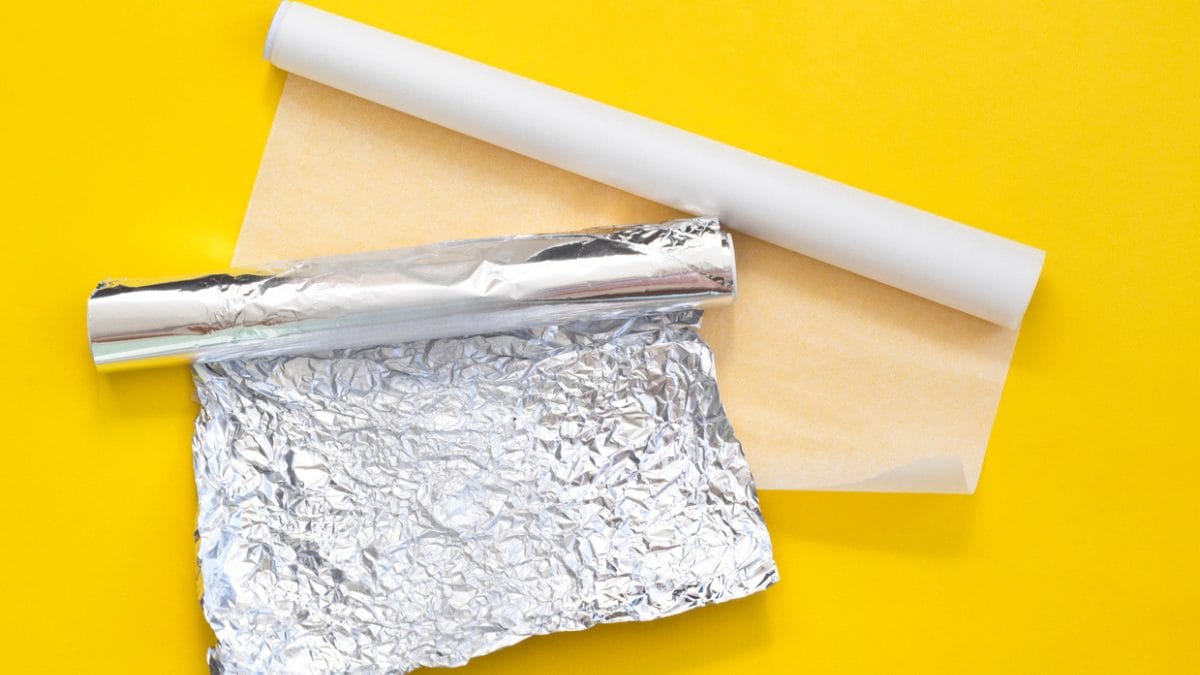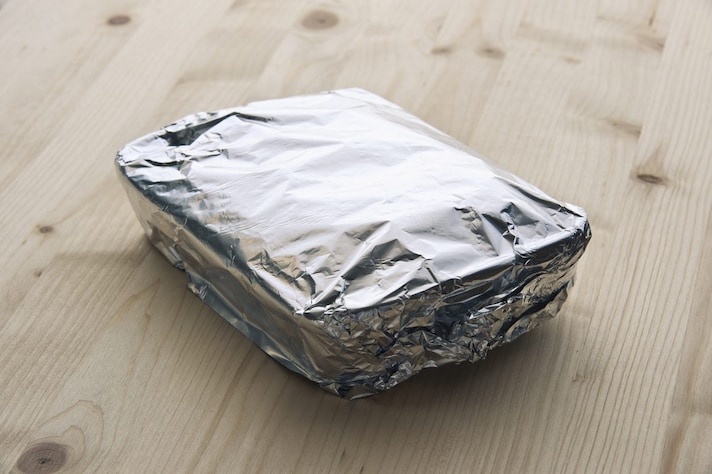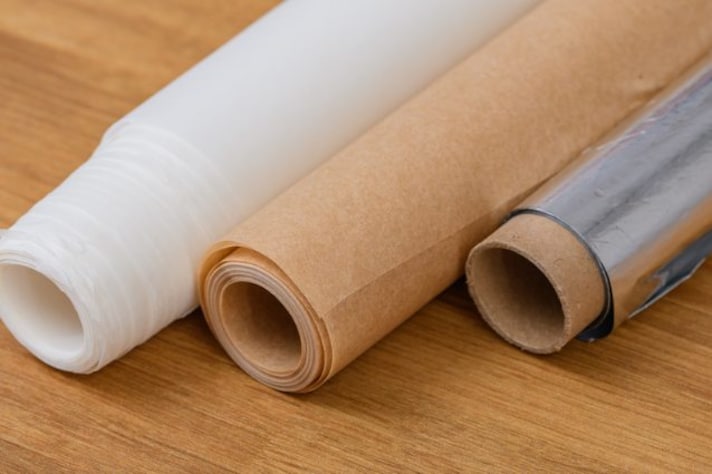
In the world of home cooking, two kitchen staples often go head-to-head: aluminum foil and parchment paper. While both are incredibly useful, they serve different purposes in the kitchen. Whether you're roasting, baking, or grilling, knowing when to use each can be a game-changer. So, let’s break it down, starting with the basics of what each material brings to the table.
What Is Aluminum Foil Good For?
Aluminum foil, with its shiny surface and flexible nature, is a go-to for tasks that require heat retention, protection, or sealing. It's the champion of high-heat cooking, making it perfect for roasting meats, baking potatoes, or wrapping fish for the grill. Foil traps moisture and enhances browning, creating crispy exteriors while keeping the insides juicy. Plus, it’s great for covering dishes during cooking to prevent over-browning or drying out, which is why it’s often used to cover casseroles or meats that need to cook slowly.
However, it's not just heat that foil excels in. It also plays a key role in packing food for storage. Whether you're wrapping leftovers or taking a homemade sandwich to lunch, aluminum foil ensures the food stays fresh and protected. But be warned: while aluminum foil works like a dream on the grill, it can react with acidic foods like tomatoes and citrus, causing a metallic taste.

When Parchment Paper Steps In
Parchment paper is your go-to for everything that needs to avoid sticking, from baked goods to delicate fish fillets. Unlike foil, parchment paper isn’t made for high-heat tasks. It shines when baking cookies, roasting vegetables, or lining cake pans because of its non-stick properties. It's also an ideal choice for parchment packets (think fish en papillote) where you seal in steam and flavors, and its heat resistance makes it a safer option for oven use than regular wax paper.
Parchment paper also serves as a barrier between your food and the pan, helping reduce mess and even heat distribution. It ensures even cooking for cookies and pastries by preventing direct contact with the baking sheet, keeping your food from sticking or burning. It's ideal for tasks where presentation matters—perfect for cookies that hold their shape or cakes that come out effortlessly from pans.
Aluminum Foil vs. Parchment Paper
If we’re talking pure heat resistance, aluminum foil wins. Foil can withstand high temperatures, even reaching up to 1,200°F when used on the grill, making it the best option for grilling, broiling, and high-heat roasting. Parchment paper, on the other hand, is best suited for baking at temperatures up to about 420°F (depending on the brand). Beyond that, it starts to brown and could catch fire. For anything hotter than that, you'll want to reach for foil. But for lower-temperature tasks like baking or slow roasting, parchment paper is your reliable companion.

When to Use Aluminum Foil vs. Parchment Paper
Aluminum foil is your best friend for heavy-duty tasks: think grilling, roasting at high temperatures, and wrapping food tightly to retain moisture. It's perfect for tasks that involve direct exposure to heat, whether it's for crisping or steaming. If you're looking for an effective way to seal in flavor or prevent food from drying out in the oven, foil's got you covered.
Parchment paper, meanwhile, is all about ease and cleanup. It excels in lower-temperature cooking, especially baking. Whether you're preparing cookies, pastries, or roasting veggies at a moderate temperature, parchment paper will ensure that everything comes out easily, beautifully, and with minimal mess.
Which One is Better for the Planet?
In the realm of sustainability, parchment paper edges out aluminum foil slightly. Parchment is often biodegradable and can be composted, making it a more eco-friendly option, particularly if it’s uncoated. Aluminum foil, while recyclable, is less commonly recycled due to contamination from food residues. If you're looking to reduce your environmental footprint, consider using parchment paper whenever possible—especially if you're baking or preparing food in moderate heat.

Which One is Better Overall? It Depends on the Job
So, which is better: aluminum foil or parchment paper? It all comes down to what you're cooking. If you need heat resistance, moisture retention, or protection for your food during high-heat cooking, aluminum foil is your best bet. But if you’re looking for a non-stick surface, lower-temperature baking, or an easy cleanup, parchment paper should be your go-to. Both materials have their strengths, so it’s about knowing when to use each one.
;Resize,width=767;)
